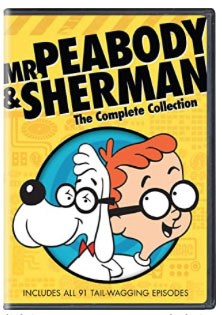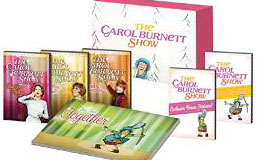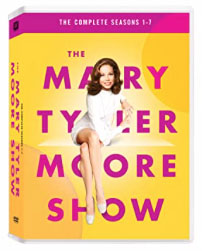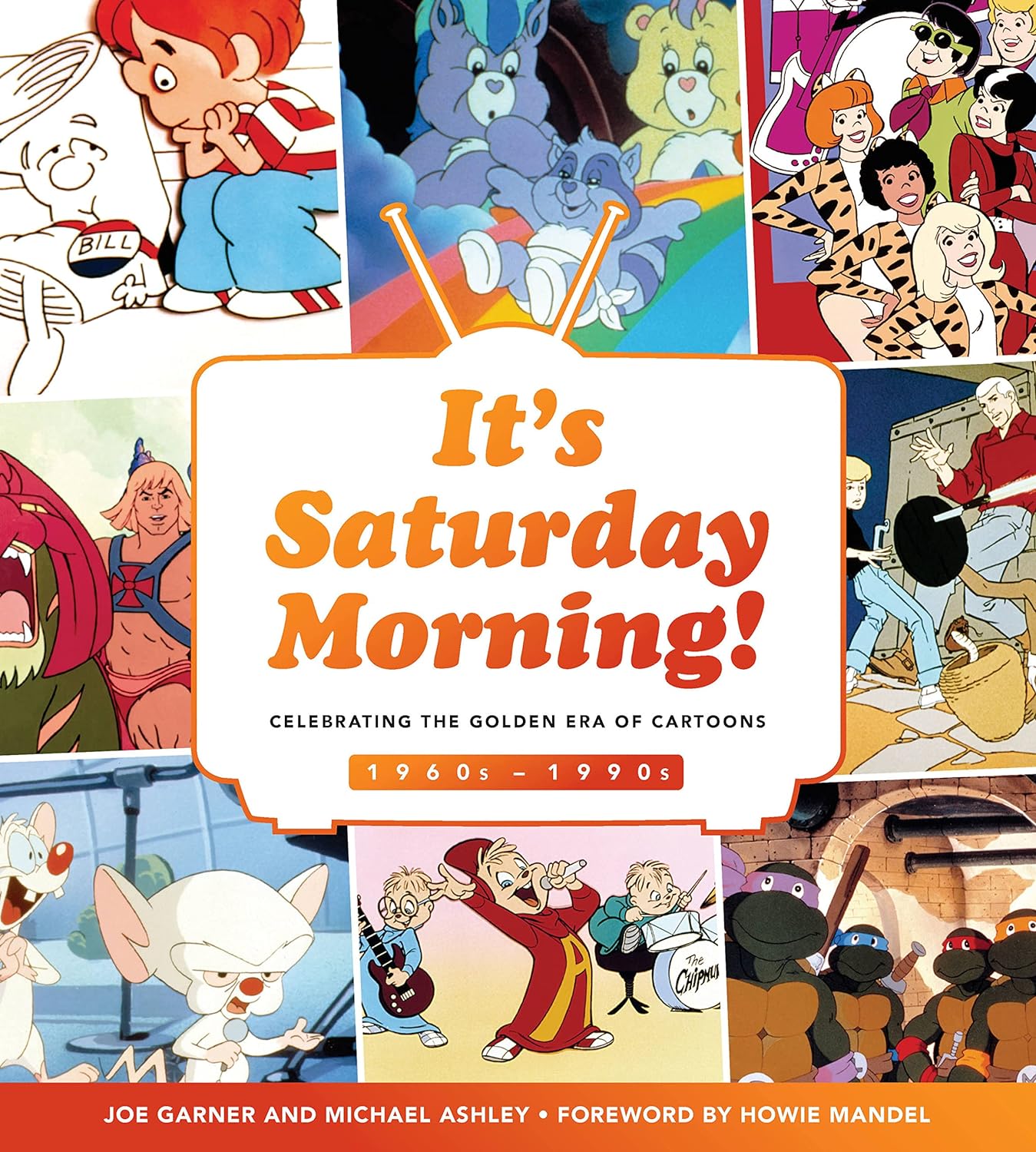|

Appearing before a gathering of the Television Critics Association last month, comedian Billy Crystal was asked to comment on the state of television today.
Said Crystal, "I've seen some stuff recently on TV in different kinds of shows where the language or the explicit sex is really, you know, ...too much for me.
Sometimes it's just pushed a little too far for my tastes..." I know how Billy feels. Lately it seems that just about anything goes when it comes to sexual content on television. It wasn't always that way.
In the 1950's, CBS wouldn't allow the word "pregnant" to be used when Lucy was "with child", and censors also wouldn't allow ample cleavage or belly buttons to be shown. In the early 1960's TV characters who were married on screen, still had to sleep in twin beds. I once asked my friend Dick Van Dyke if Rob and Laura Petrie ever had sex. Said Dick jokingly, "Well yeah. They had a kid didn't they?" The point is that the Petries never had sex on camera, yet we still knew that they had affection for one another, and we knew how that affection manifested itself without having to witness it.
By the late 1970's and early 1980's, less was left to the imagination as studios gave us "Jiggle TV", where stars like Farah Fawcett and Suzanne Somers were allowed to bounce around sans bras, and wearing skimpy bikinis. Shocking as that was to some viewers, it was nothing compared to audience reaction when, in 1989, "thirty something" showed two gay men in bed. Then came 1993's premiere of "NYPD Blue" in which David Caruso and Amy Brenneman rolled around in the sack with their bare buttocks showing. That scene caused so much controversy, that over 50 abc affiliate stations refused to air the episode, fearing such nudity would violate community standards of decency.
Not surprisingly, though, by the dawn of the new millennium, naked butts were no longer much of an issue. That's because cable programs bombarded us with all kinds of sexual content. There were lesbian love scenes in "Buffy the Vampire Slayer", and later in "The L Word". Gay men had sex in "Queer as Folk".
David Duchovny and Kim Cattrall had serial sex in "Californication and "Sex in the City" respectively, and nudity is a regular fixture on "Masters of Sex" and "Girls". TV even showed its first graphic hand job in an episode of the short-lived series "Tell Me What You Want". And just recently, Chris Noth went down on Julianna Margulies in an episode of "The Good Wife", but the act itself was not shown, just implied.
Leaving something to the imagination is what my generation loved about sex on TV and in the cinema. And perhaps that's what Billy Crystal meant when he alluded to programs that push the boundaries a bit too far. Nudity and sex acts can be photographed tastefully, and can be crucial to advancing a storyline, but then again, they can just be graphic and gratuitous.
Of course sometimes, offensive material is just used for comedic purposes and not for titillation. That was the case with a music video performed by Justin Timberlake and Andy Samberg on Saturday Night Live. The video, titled, "My Dick in a Box" was about - you guessed it - a dick in a box, sort of. During the video, each man presented a large box to his respective girlfriend, and when the girl opened the box, she was surprised to see that it was empty, except for what we imagined was one of the men's private parts protruding through a hole in the box. "Box", by the way, is also a term used for describing a receiving part of the female anatomy and it's a colloquialism for a TV set. Who would have thought that a box could be so naughty and so entertaining at the same time? The producers of "Sex Box", that's who.
Produced by WEtv ( a division of AMC) and adapted from a BBC program of the same name, "Sex Box" involves two people (of any gender) who have sex inside of a giant box, while a panel of "sexperts" and a studio audience wait patiently for the couple to emerge from the box all aglow. And while "Sex Box" depicts no on-screen nudity or love making, it does something much more offensive. It exploits sex for ratings.
The producers want us to believe that "Sex Box" has educational value, but I'm, not buying it. On the BBC version I watched, Rachael and Dean were interviewed by the moderators after they had just had sex.
Moderator: So how did you start?
Rachael: By stripping off.
Dean: Then foreplay.
Rachael: Then right into it.
I guess that's what we call educational discourse about instructional intercourse.
Again, "Sex Box" doesn't show actual sex acts, so why all the fuss from parents' groups? Perhaps the answer lies in a study by the Rand Corporation, which concludes that, "Television in which characters talk about sex affects teens just as much as television that actually shows sexual activity". Translation? "Sex Box" can lead to as much unprotected sex, STDs, and teen pregnancies as programs that depict graphic sex on screen.
Don't get me wrong. Old guys like Billy Crystal and me aren't prudes. After all, we came of age during the pre-Aids sexual revolution. Nor do we believe in censorship of any kind. It's just that we come from a generation in which films and television left certain things to our imagination, and we learned about the birds and the bees from our Dads, not from a panel of experts on TV.
Yes television has evolved, and so too have our views about sex. Even so, I still love to watch the box. I just don't want people screwing in it.
Jim Longworth is a columnist for YES! Weekly.com, and author of the "TV Creators" series of books. He also serves as judge for the primetime EMMYs, and hosts a weekly TV show for Sinclair stations.
|
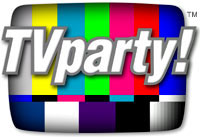
It is what it is!
Barbara Hall
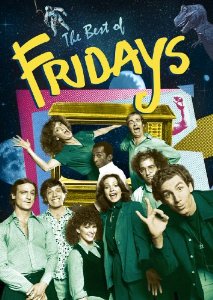 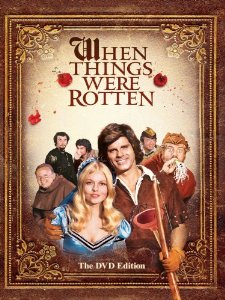
|

